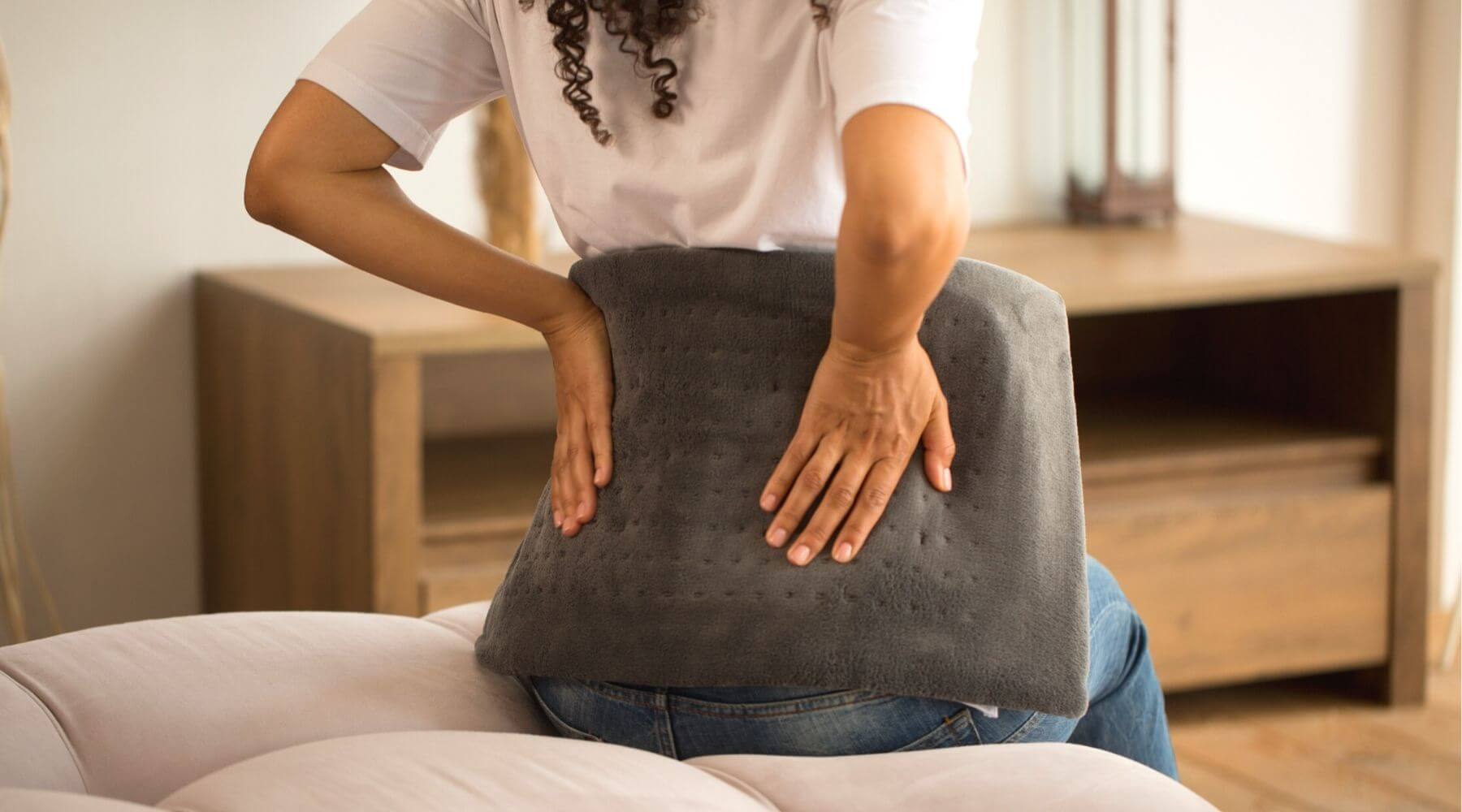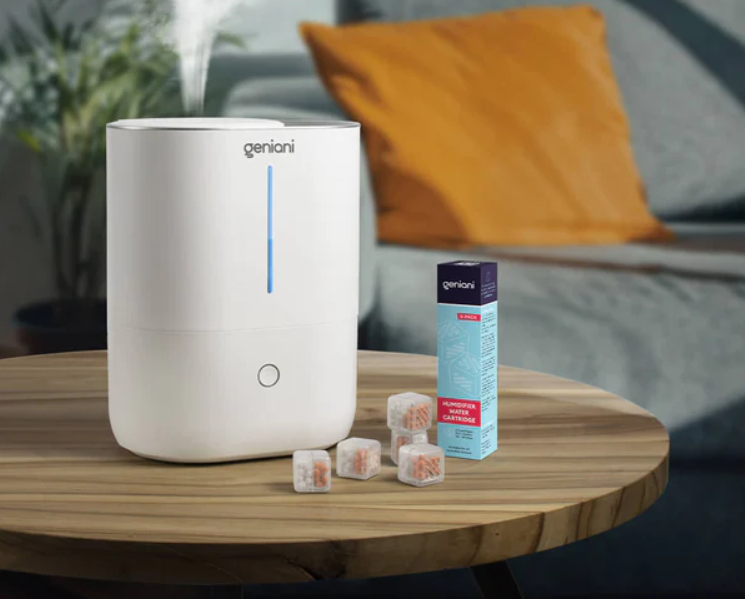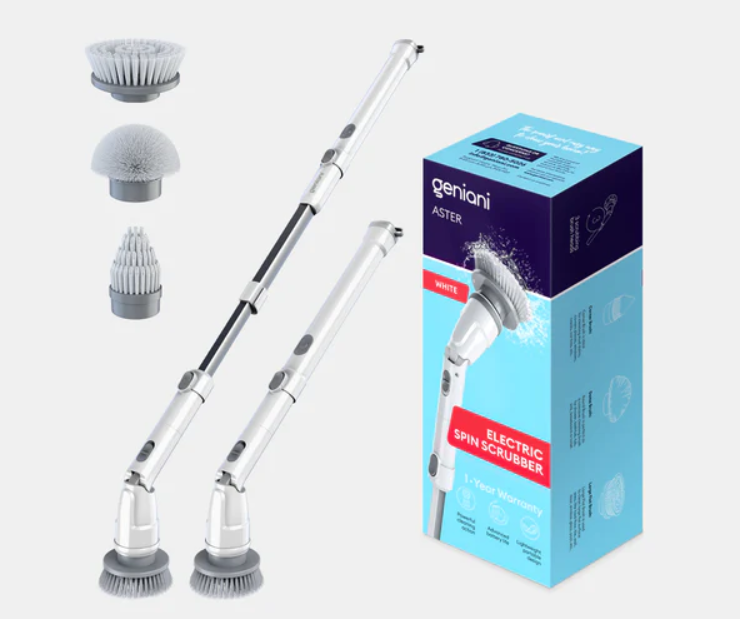When and how to cure pain with heat … and when it’s not the best idea
Many people seem to truly underestimate thermotherapy – for those of you who are not geeks it means heating therapy even though it’s considered very helpful with many different kinds of pain.
So, let’s figure out why our body responds well to heat and why heating makes the pain go away.
Muscle pain is caused by over-exertion, trigger points, and spasms. Heat helps not just to relieve the symptoms – pain, but also helps with fighting its cause.
Of course, we do not say that thermotherapy can be an actual substitute for medication. But it could be used the same way as we use a band-aid. It is a cheap way of dealing with the most common pain problems. By the way, unlike medications, do not have any side-effects.
Safety tips: heating therapy is safe for pregnant women. But, only if you avoid heating the belly directly. However, it should not be used for inflammation or fresh injuries. It might speed up the process or even spread an infection if you have one. In these cases, a much safer option would be to ice the injured area. Unlike heating, it will slow the inflammatory process.
Where to use it then?

The main function of heat is to help our body to relax and comfort itself. It helps our muscles to stretch and relieves the pressure. Thermotherapy is effective for dull pain which can be associated with different causes (here is the list):
- Pain from overexertion: if you haven’t worked out all year and suddenly decided to train before beach season. Actually, heat therapy is not only helpful but also is pretty much the only thing which is both safe and effective in a situation like this, but we’ll talk about it later.
- Pain centered in specific areas which is mostly caused by muscle “knots”, osteoarthritis or trigger pains, most kinds of spams (they might appear due to many reasons – restless leg syndrome or menstrual cycle.
- “I am tired and everything hurts” kind of pain. Actually, it has a scientific term and is caused primarily by vitamin D deficiency, fibromyalgia, medication side-effects or lack of sleep.
Actually, there are many kinds of pain which can be relieved by thermotherapy, but those are most likely to happen and the easiest to treat.
Of course, you have to remember that severe pains should not be treated by heating. Don’t use heat therapy for treating appendicitis pain or 2nd-degree burns – ice is much more relevant in these cases.
But do no harm
Be attentive: heat should not be applied for every kind of pain. So here are some rules that you definitely need to follow.
- The main rule here is that you shouldn’t use heat for treating an infection or fresh injuries, or any inflammatory pain at all! These kinds of pain need a completely different approach – you need ice therapy to soothe inflamed tissue.
- Watch the symptoms: if you notice some redness and swelling, or sensitivity to touch – these signs show that you shouldn’t even think about treating pain with heat.
- What to do if you can’t see any superficial infection or inflammation? Theoretically, you can use heat therapy. But practically, sometimes it’s almost impossible to define whether your pain is just a spasm or appeared due to some injuries.
Be careful
Sometimes even professional doctors can’t confidently draw a line between when your body just feels damaged or is damaged for real.
Sometimes everything is not simply white and black – in several cases, pain can exist in a gray area between these two categories. Let me show you what I mean with the simplest example – how to define whether you have muscle “knots” or muscle strains. A strain is physical damage when there is a rip in your muscle. On the other side, a “knot” or a trigger point often means a micro-spasm.
The severity of “knots” and strains matter, but even if the strain is minor, you can’t treat it with heat, while severe “knot” pain can be normally treated with heat. If your pain is not severe but you are not quite sure whether it’s a strain or a knot, you can try some heating and see if your pain improves. If we are talking about back pain, you can also use heat – but again – make sure that you are not dealing with a strain. Actually, in most cases, heating works much better than icing for back pain.
What is the process for heat therapy?

Here I am going to explain the most efficient methods and show you exactly how heating therapy works.
- Heat is calming, and works for our body like a pain-killer.
- Heat is capable of penetrating a few centimeters through your body’s tissue and helps to raise its temperature. This way biochemistry speeds up and the healing process goes faster.
- Thermotherapy helps with post-exercise pain.
- Sometimes heating provides a neurological distraction: by concentrating on feeling a warm heat you reprogram your mind to focus on something else – not pain.
Heat gives us a warm and comfortable feeling – and it works as an analgesic
During our long evolutionary history, we have gotten used to finding comfort in warm and cozy places. So warmth helps our brain and our body to relax and feel better.
Scientists claim that our brain might interpret a warm feeling like proof that we are safe and comfortable. From tribal times our bodies were designed to look for warmth – we know that cold kills, and warmth keeps us alive.
So, due to that, a balanced source of warmth is one of the best sources of pain-control.
For different people, “hot” means a different temperature
How can we prove its efficiency?
Scientists have already done a tremendous amount of testing.
For instance, in 1998, Draper et al decided to study this therapy by heating tricep muscles using hot packs. The procedure lasted 15 minutes.
After that, they checked the tissue temperature by inserting a needle probe into the muscle and discovered that an average increase was 3.8˚C for one cm, and 7.8 at a depth of 3 cm.
This data is an awesome proof of how efficient superficial heating is when it’s needed to modestly raise the temperature of the tissue a couple centimeters deep.
How to use heat for treating trigger points
A trigger point is a painful group of individual muscle sites on the core of the body and limbs. They are still being studied but it’s being noticed that thermotherapy works really well with this kind of pain and does not have side effects.
Trigger points are common and are known to cause various unpleasant symptoms – from a little aching to long-term agony. The pain can grow and without proper treatment it is really hard to control.
Why heating helps with “trigger points”
Trigger points are known to be caused by stress. That’s why the heating therapy, with its warming and relaxing effects, is practically the best real alternative.
But stress is not the only reason to use thermotherapy. The interesting fact here is that many people can have muscle “tightness” even if they are not stressed or over-exercised. A lot of healthy people have high muscle tone which exhausts their bodies and causes instant pain. This is an uncomfortable body state. Because it does not let us work or study effectively. When we are uncomfortable, we are more likely to be unfocused or distracted.
So, if you constantly feel like you are tired and everything hurts. That means that some heating therapy will definitely be a solution.
Electric heating pads have been around for as long as we’ve had any kind of electric appliances.
Heat helps if you have over-exercised
Probably in most cases, people turn to heating therapy if they are tired after a long round of exercise. That is reasonable because thermotherapy is known to be one of the best ways to get rid of delayed-onset muscle soreness (also known as DOMS) – that super annoying feeling that you have after long exercising.
However, DOMS has a reputation for being a hard pain to beat. Scientists have done a lot of research to find a solution but they came to the conclusion that there is simply no effective treatment for muscle soreness.
Or is there?
The only method that has been officially proven to work in DOMS cases is heating therapy. In 1995 research was done that proved that hot tub treatment cures the annoying sore feeling. Unfortunately, the study was small and did not have much funding – however, it scientifically proved that heat heals.
In 2006 scientists published more data about treating DOMS with thermotherapy. They used a “heat wrap”- a device which starts the heating process during certain hours. Eventually, there were amazing results! Pain was reduced and then disappeared completely. So, if you feel like you are tired after exercise and your muscles are sore, it’s time to try some heating!
Why not try pain meds instead of heating?
Obviously, pain medications are most often used for DOMS or fresh injuries. However, let’s not forget that medications have a lot of different side-effects. For example, some of them are not good for pregnant women or little kids.
Another pain-killers’ problem is that you can’t take them chronically – like all drugs, pain medication can cause addiction. For example, one of the most popular pain drugs – acetaminophen – works good for short-term pain, but you have to be extremely careful with dosages – if you take too much, it will hurt your liver.
Other drugs (like NSAIDs, for instance) can cause heart problems if the dose is too high.
Heating therapy, on the other hand, doesn’t have these side-effects – of course, that does not mean that you don’t have to be careful with limiting the temperature and duration of heating.
How to heat: locally or systemically?
There are two main types of heating treatments: systemic and local. Of course, there are many more subtypes, but these two are the general ones.
By local heating they usually mean heating that is specifically applied to a specific place or part of a body. For example, when you treat a leg pain with a heating pad, or a bottle full of hot water or a heated bean bag, you apply local heating.
Systemic heating is warming of the entire body (with a hot bath or shower).
Geniani heating pads are fast, efficient and reusable. They are soft and pleasant to use, but more importantly – Geniani heating pads have a moist heat function.
Another good thing is that they have many settings – so you can regulate the temperature for different treatments (105 – 140 ⁰ F).
Where to buy?
You can visit the official Geniani website – here you can find a description of each pad and learn more about their characteristics. If you have questions, you can contact the Geniani support team – they can provide efficient help and information.
Is it more comfortable shopping on Amazon? You can definitely buy these heating pads there.
Wish you luck and pleasant heating!
ENJOY THE SPECIAL BENEFITS FOR OUR ENGAGED BLOG READERS!
- Get 11% OFF any heating pads: Use “BLOGHEAT” during your checkout or follow this link to get your deal!
- Get our brand new Huron Humidifier White with 15% off instantly, just follow the link and enjoy your special discount.
- Buy portable cool mist humidifier Erie White with 14% off. Follow the link to get your discount applied.
- Purchase the microwavable heating wrap Magma Space Blue with 15% off. Follow this link to get a coupon activated.







